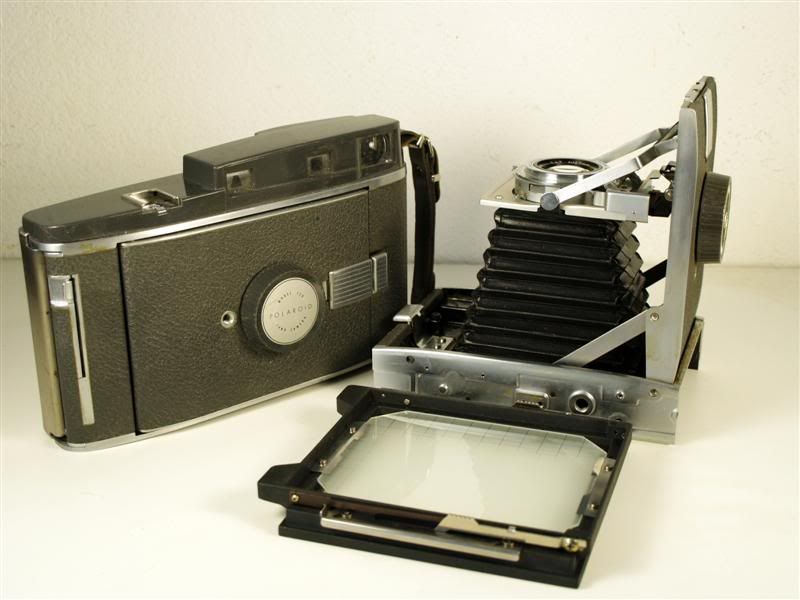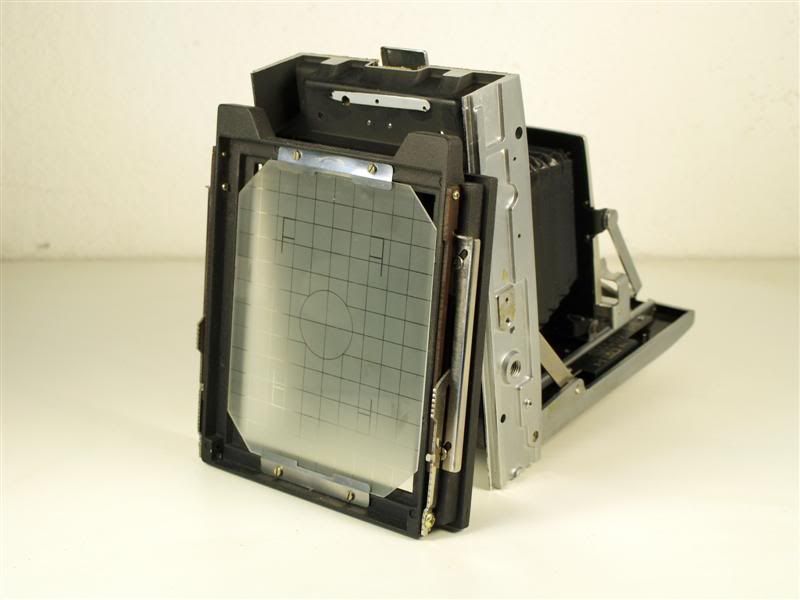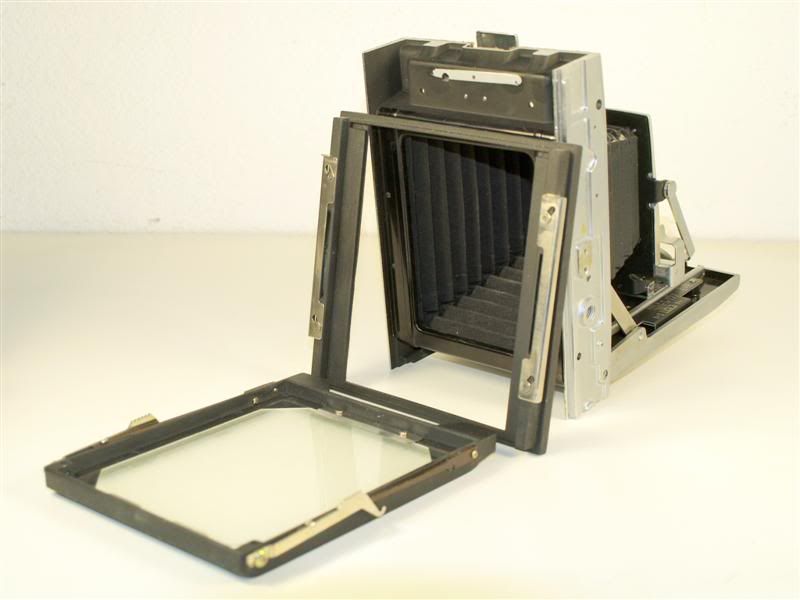kuzano
Veteran
Well, in the continued move toward larger film (and far short of ULF), I am considering moving out of 6X6 and 6X9 altogether. I think I will be getting rid of all my 120 roll film folders and Fujicas. Have already moved out the Mamiya Press and others.
Reasons:
1) fiddly handling of 120 in horizontal transport MF cams
2) fewer 120/220 choices
3) Processing choices, including self process more involved for 120/220.
4) Cameras aging and service, plus some quite heavy.
Direction:
1) Very light conversion of Polaroid Pathfinder (110-A&B, or 120)
2) 6X12 pano and 4X5, or 5X12 dual pano on sheet film
3) Roll film still an option (Graflok)
4) A final camera weight lighter than my Fujicas.
5) More film selection in 4x5 than roll film available
6) Easier sheet film DIY processing than roll film
7) More choices with one camera, than most MF cameras.
I've been an avid follower of the various Polaroid Pathfinder conversions, including use of longer focal length lenses. However, I am not at all interested in retaining the rangefinder. I have never shot 4X5 hand held, nor intend to do so. That removes some weight and a lot of fiddling with the conversion.
I plan to use the minimum amount of the original camera, ie the door frame, door, and the folding mechanism/struts. I plan to use with a wood or aluminum billet to move the ground glass back far enough to cover 4X5. I know I will have to reposition the focusing mechanism back if I use the 127 lens. However, I may use a compact 150 and position the ground glass in order to not have to mess with the front standard/focus mechanism.
I stripped a 110A and cut the frame down to just include the folding mechanism, door and original film plane. I found a very light film back with Graflok capability. It's very light and very compact. It's from a camera Badger Graphics sold some years ago, badged for them as an M1 (monorail view). I have that whole camera in good condition.
Here are some pics, alongside a Polaroid 150 for size comparison. So now I need to proceed with plans for a body between/alongside the Pathfinder frame and the GG film back.




Reasons:
1) fiddly handling of 120 in horizontal transport MF cams
2) fewer 120/220 choices
3) Processing choices, including self process more involved for 120/220.
4) Cameras aging and service, plus some quite heavy.
Direction:
1) Very light conversion of Polaroid Pathfinder (110-A&B, or 120)
2) 6X12 pano and 4X5, or 5X12 dual pano on sheet film
3) Roll film still an option (Graflok)
4) A final camera weight lighter than my Fujicas.
5) More film selection in 4x5 than roll film available
6) Easier sheet film DIY processing than roll film
7) More choices with one camera, than most MF cameras.
I've been an avid follower of the various Polaroid Pathfinder conversions, including use of longer focal length lenses. However, I am not at all interested in retaining the rangefinder. I have never shot 4X5 hand held, nor intend to do so. That removes some weight and a lot of fiddling with the conversion.
I plan to use the minimum amount of the original camera, ie the door frame, door, and the folding mechanism/struts. I plan to use with a wood or aluminum billet to move the ground glass back far enough to cover 4X5. I know I will have to reposition the focusing mechanism back if I use the 127 lens. However, I may use a compact 150 and position the ground glass in order to not have to mess with the front standard/focus mechanism.
I stripped a 110A and cut the frame down to just include the folding mechanism, door and original film plane. I found a very light film back with Graflok capability. It's very light and very compact. It's from a camera Badger Graphics sold some years ago, badged for them as an M1 (monorail view). I have that whole camera in good condition.
Here are some pics, alongside a Polaroid 150 for size comparison. So now I need to proceed with plans for a body between/alongside the Pathfinder frame and the GG film back.




Last edited:

